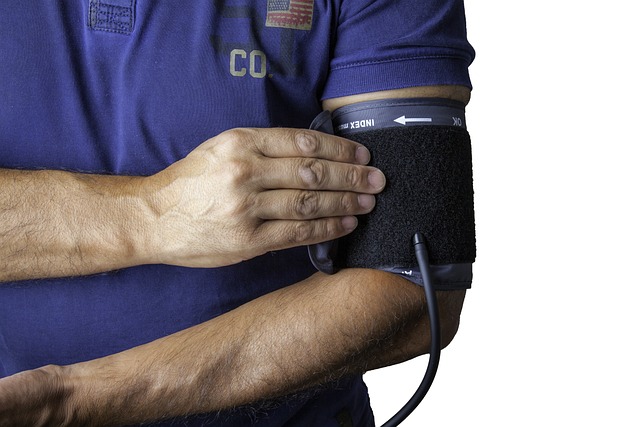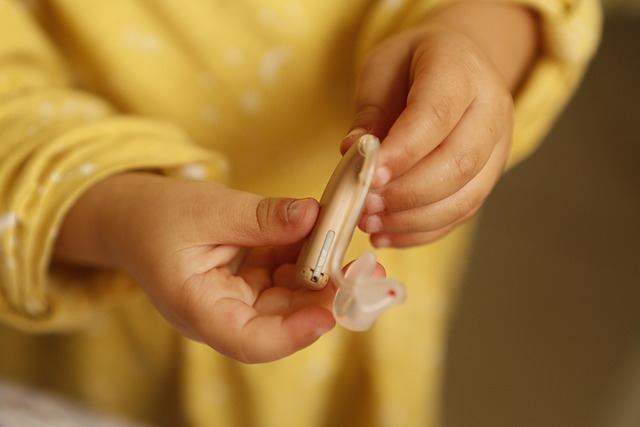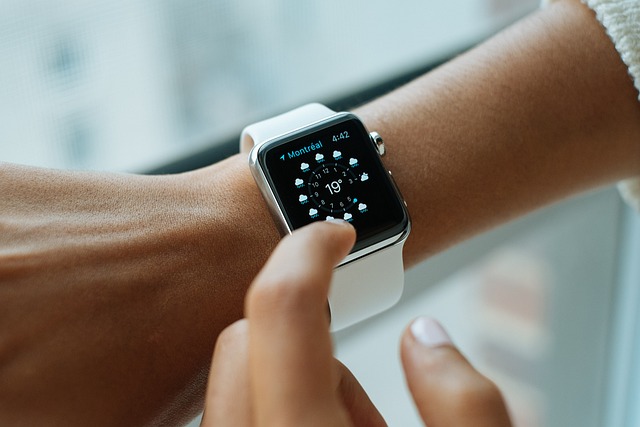Revolutionizing Health Monitoring: Wearable Technological and Health Innovations
In today’s fast-paced world, the significance of health monitoring has reached unprecedented heights. With the advent of wearable technology, we are now at the forefront of a revolution that is changing how we perceive and manage our health. Imagine being empowered to take control of your well-being with just a simple device on your wrist or in your pocket. This is the reality that innovators in the healthcare and technology sectors are making possible.
Technological Innovations
Wearable technology has surged in popularity, with devices that not only track your steps but also monitor your heart rate, sleep patterns, and even stress levels. Products like smartwatches and fitness trackers have become commonplace, allowing users to gain insights into their daily activities and health stats.
Recent developments in artificial intelligence and machine learning have further propelled these technologies, enabling more accurate data analysis and personalized recommendations. For instance, devices equipped with machine learning algorithms can identify irregularities in heart rhythms or alert users to potential health issues before they escalate. This proactive approach to health monitoring fosters a deeper connection between individuals and their health, making it easier to stay informed and make necessary lifestyle adjustments.
Health Innovations
As technology continues to evolve, the innovations in health monitoring are growing more sophisticated. Notable advancements include wearable ECG monitors and continuous glucose monitors, which provide real-time data for individuals managing chronic conditions. By seamlessly integrating these devices into daily life, users can keep a close watch on their health without the need for invasive procedures or constant doctor visits.
Moreover, the rise of telemedicine complements wearable technology beautifully. Patients can share their health data with healthcare professionals instantly, allowing for a better-informed diagnosis and treatment plan. This synergy not only enhances patient engagement but also improves outcomes by encouraging timely interventions.
The integration of wearable devices in health monitoring also paves the way for a better understanding of population health trends. Health data collected from millions of users can provide valuable insights into public health challenges, informing policies and interventions that can benefit entire communities.
As the lines between technology and health continue to blur, we are witnessing a transformation that empowers individuals to take charge of their health like never before. With every technological leap, the future of health monitoring looks brighter, promising a more health-conscious society where everyone has the tools to lead a healthier, more informed life.



